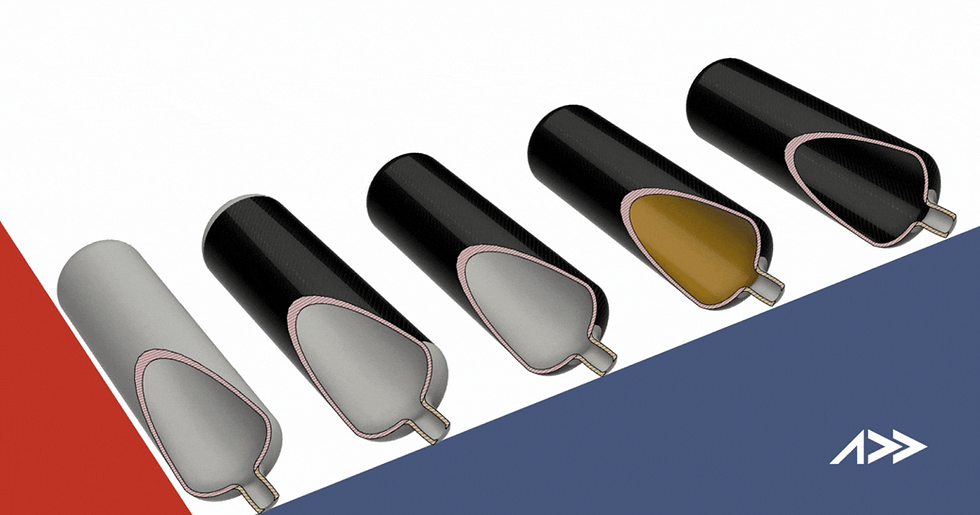What is a Hydrogen Tank & Tank-Types
- Pravin Luthada
- Aug 30, 2022
- 2 min read
Updated: Apr 3, 2023
Contents
What Is a Hydrogen Tank?
A hydrogen tank is a canister used to store compressed hydrogen. Hydrogen can be stored in gaseous and liquid forms. A gaseous storage tank works by storing compressed hydrogen under pressure. Whereas a cryogenic storage tank works by storing hydrogen in liquid form. The problem with storing liquid hydrogen is that it has a boiling point of -252.9 °C. In order to keep it liquid, hydrogen needs to be stored in extremely cold conditions.
Why does Hydrogen Tank Classification Exist?
Hydrogen, as an industrial gas, is stored either as a compressed or as a refrigerated liquefied gas. Since the beginning of the last century, hydrogen is stored in seamless steel cylinders. At the end of the 60s, tubes also made of seamless steel were used; specific attention was paid to hydrogen embrittlement in the 70s. Aluminum cylinders were also used for hydrogen storage since the end of the 60s, but their cost was higher compared to steel cylinders and smaller water capacity. To further increase the service pressure of hydrogen tanks or to slightly decrease the weight, metallic cylinders can be hoop-wrapped. Then, with specific developments for space or military applications, fully-wrapped tanks started to be developed in the 80s. Because of their low weight, they started to be used in for portable applications: for vehicles (on-board storages of natural gas), for leisure applications (paint-ball), etc These fully wrapped composite tanks, named types III and IV are now developed for hydrogen energy storage; the requested pressure is very high (from 700 to 850 bar).
Industrial Hydrogen Tank-Type Classification

The pressure vessels used in the market for general applications adopt different architectures and are currently organized into five main categories, classified by quantity from I to IV. The Type V tank is considered the final step in the development of hydrogen storage tanks and is currently the subject of intense research. Targeted solutions include the development of micro-cracking structural plastics and/or barrier coatings.

Figure and Table introduce a classification for the sub-types of hydrogen tanks aimed to comprehend recent advances and future design trends, with additional distinctions established between the reinforcement type, matrix type, and winding method.

Pressure vessels are organized into five types:
Type I: All-metal construction, generally steel.
Type II: Mostly metal with some fiber overwrap in the hoop direction, mostly steel or aluminum with a glass fiber composite; the metal vessel and composite materials share about equal structural loading.
Type III: Metal liner with a full composite overwrap, generally aluminum, with a carbon fiber composite; the composite materials carry the structural loads.
Type IV: An all-composite construction, polymer — typically polyamide (PA) or high-density polyethylene (HDPE) liner with carbon fiber or hybrid carbon/glass fiber composite; the composite materials carry all the structural loads.
Type V: Linerless, all-composite construction.
Complete course
The above article is part of the course Design and Development of Compressed Hydrogen Storage Tanks. The course covers a lot more, starting with discussing challenges in material selection and manufacturing practices, as well as cutting-edge trends being explored. Key problems in the design and analysis of the hydrogen reservoir are also addressed. Finally, testing and certification requirements are discussed as they play an important role in industry acceptance.





Comments